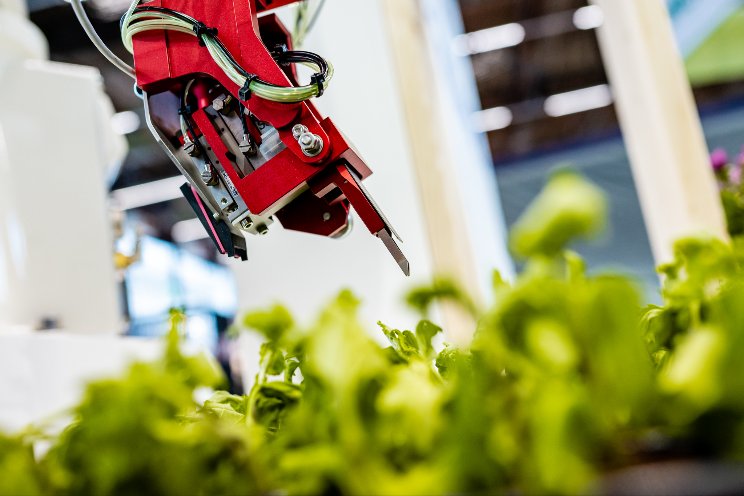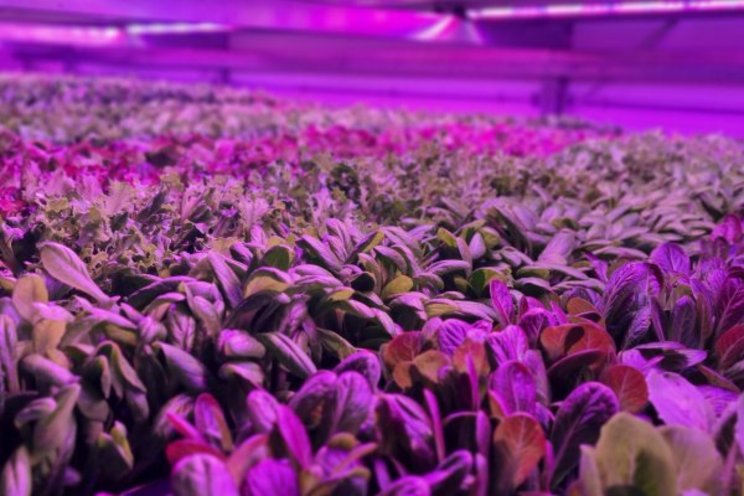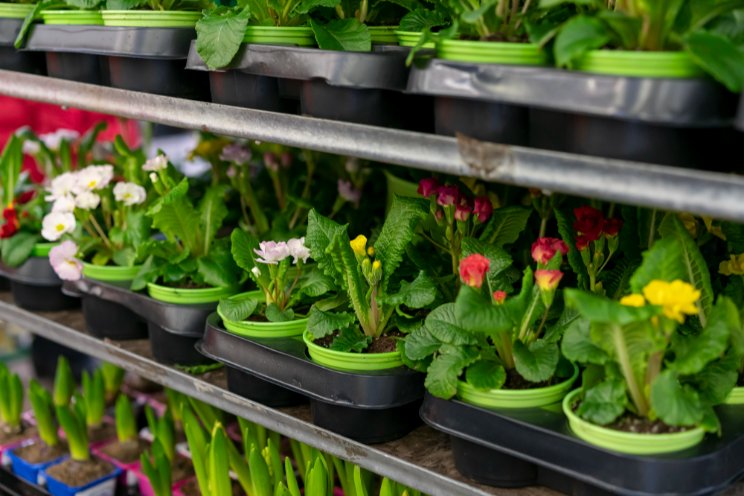Prevention of outbreaks of bacterial plant diseases
Added on 14 February 2023

The research focused on prevention and control of three bacterial diseases in different crops: hairy roots in tomato (caused by infection with Rhizobium rhizogenes), bacterial blight of Pelargonium (caused by Xanthomonas hortorum pv pelargonii) and bacterial brown spot of Phalaenopsis (caused by Acidovorax cattleyae). Various measures for prevention and control of bacterial diseases have been investigated within the project.
Prevent biofirm
The first possible intervention is the selective prevention of the build-up of biofilm of plant pathogenic bacteria onthe leaf or root surfaces . Bacterial infections begin very often within the biofilm formed on the plant surface. On the other hand, there are also beneficial bacteria present within this biofilm, which are important for the proper functioning of the crop. That is why it is important to check if it is possible to selectively influence the ability of plant pathogenic bacteria to form a biofilm.
The second mechanism of preventing bacterial disease that has been investigated is the disruption of communication between the individual cells of the plant pathogenic bacteria. Infection process requires a a plant a lot of energy and plant pathogenic bacteria can only do that if enough bacterial cells are present in the vicinity of the plant and work ″″together″. Bacterial cells must therefore communicate with each other. They use signal molecules for this purpose. However, there are many beneficial micro-organisms which are able to breakdown these signaling molecules (via enzymatic biodegradation). If there are not enough signaling molecules present, the individual cells of plant pathogenic bacteria cannot "see" each other and are unable to infect the plant.
Use parasitic bacteria
The third possibility is the use of specialised parasitic bacteria, which specifically prey on cells of plant pathogenic bacteria. Very small bacteria of the group Bdellovibrio and the like organisms (BALOs) are an example of the parasitic bacteria. Within this project, it was investigated whether BALO’s can be found in greenhouse cultivation systems. The first steps have also been taken in research into the applicability of the BALO’sagainst R. rhizogenes during tomato propagation in order to limit the symptoms of hairy roots.
Effects of the above measures, as well as the effect of a combination of these interventions, on the development of three bacterial plant diseases were investigated in greenhouse experiments in Bleiswijk. The effect of the measures was also investigated in combination with different fertilisation strategies (standard mineral nutrition or controlled release fertilisers).
Image by Drazen Zigic on Freepik
More news















